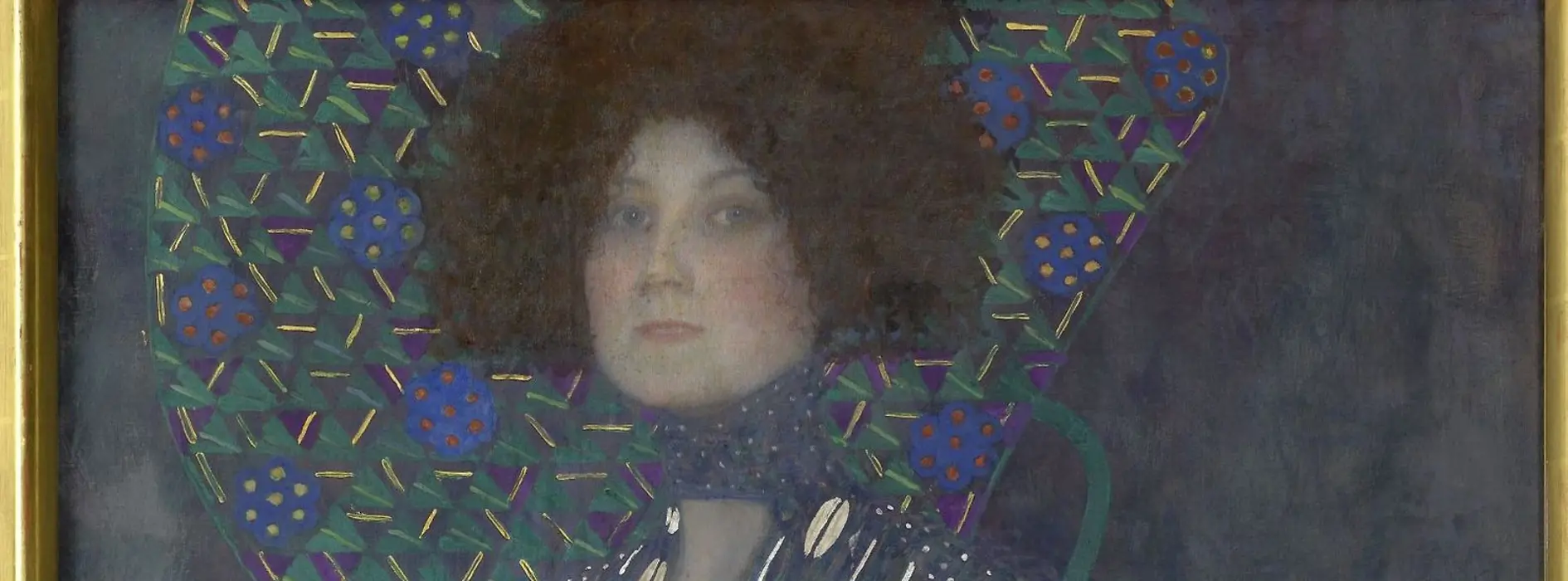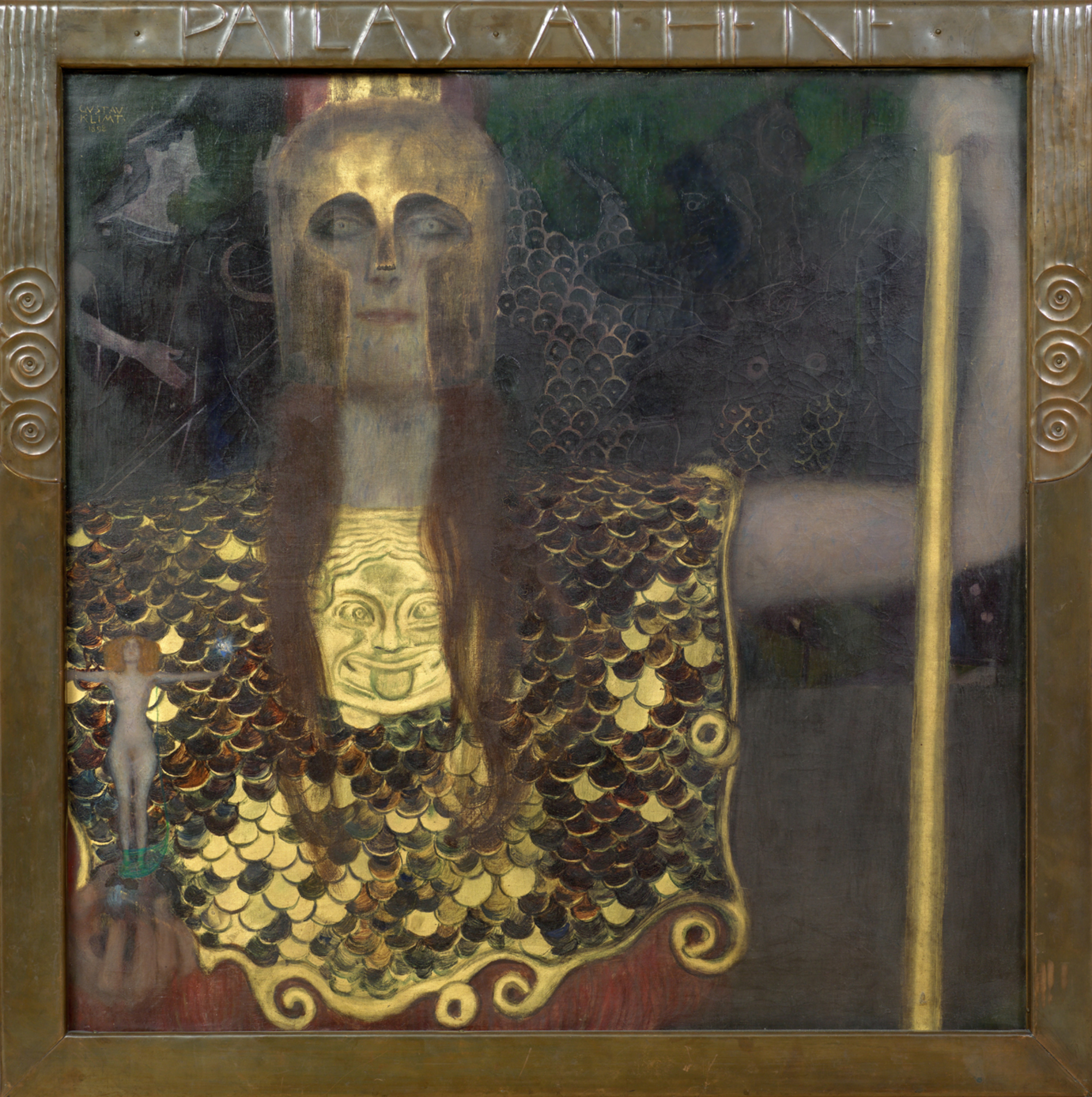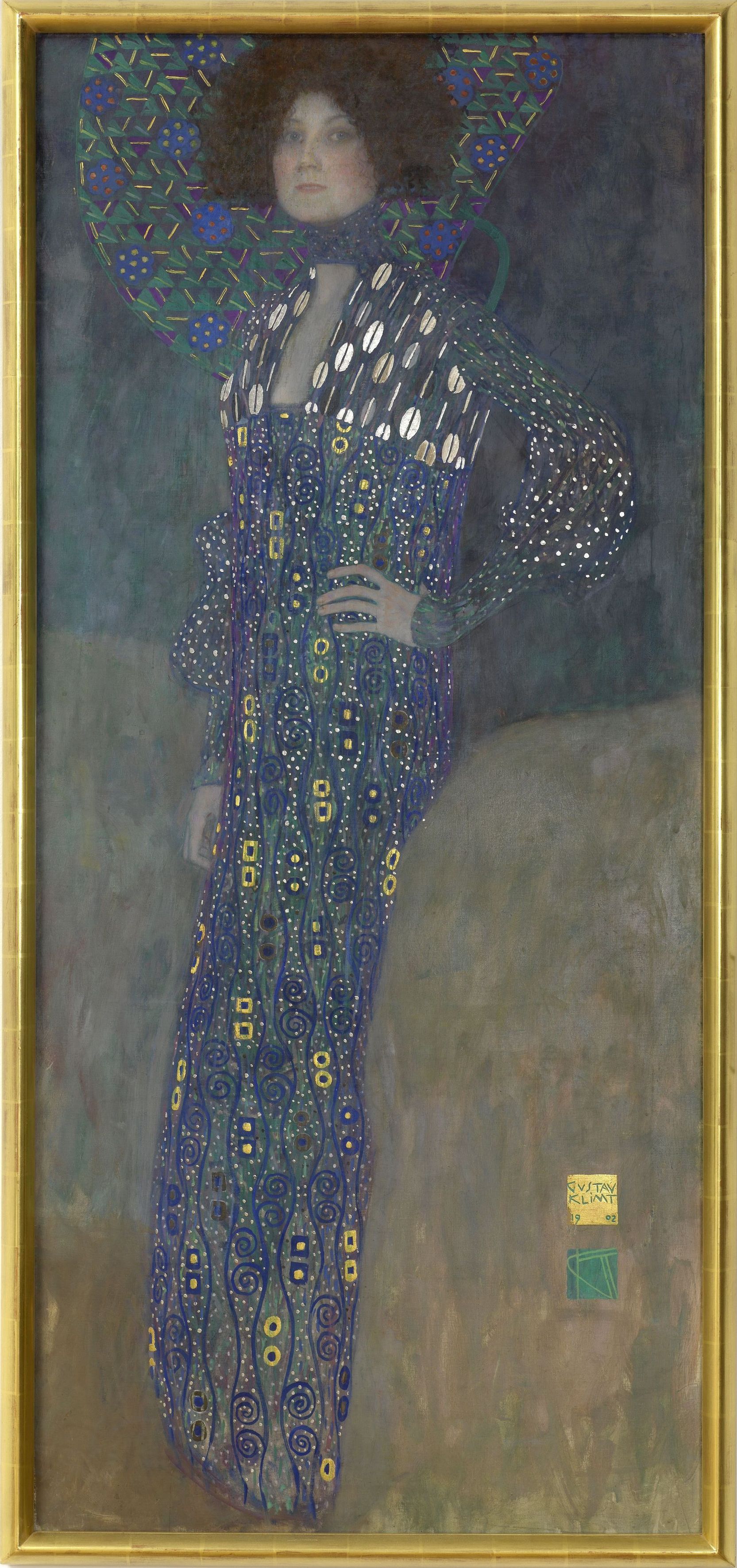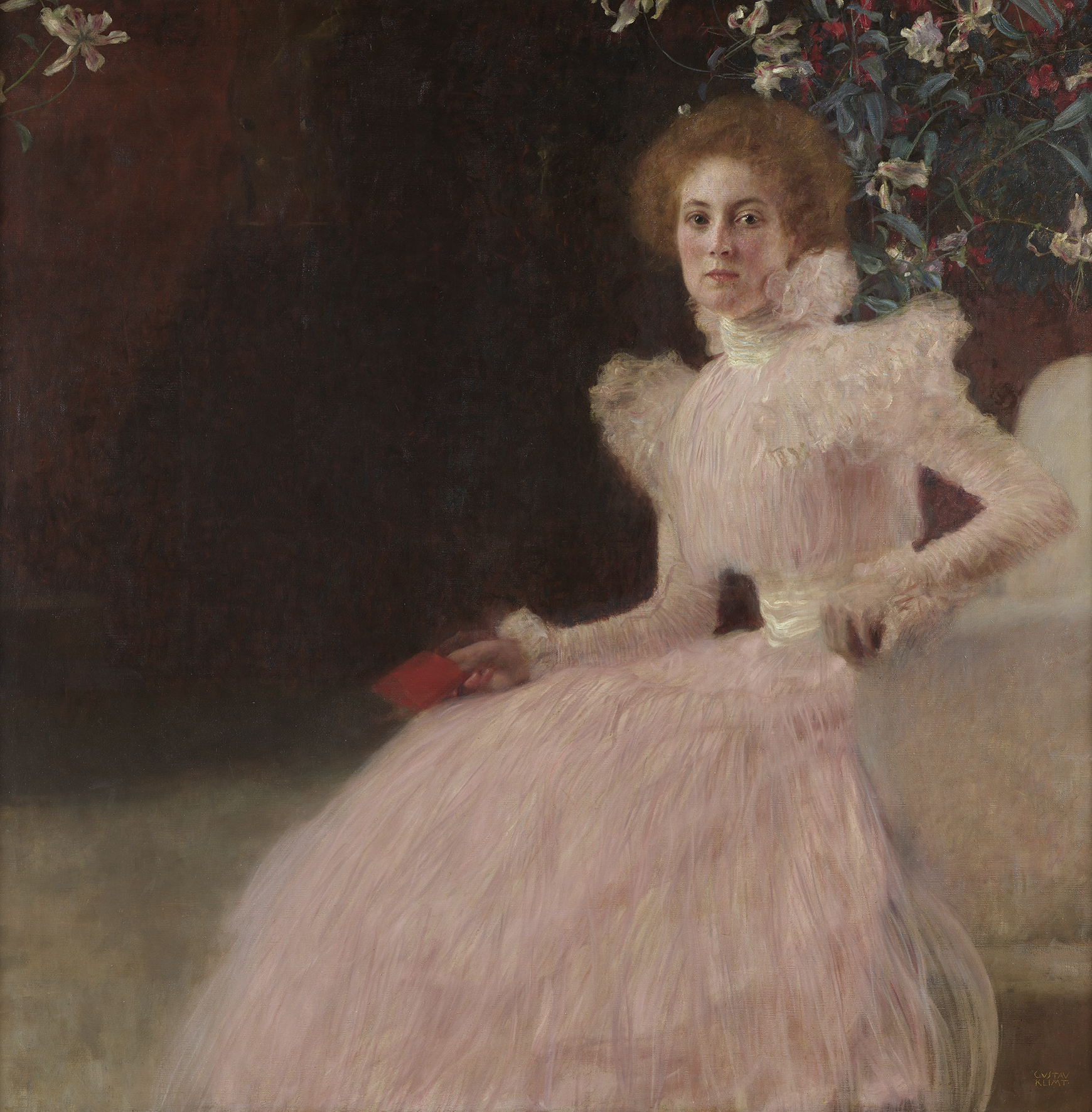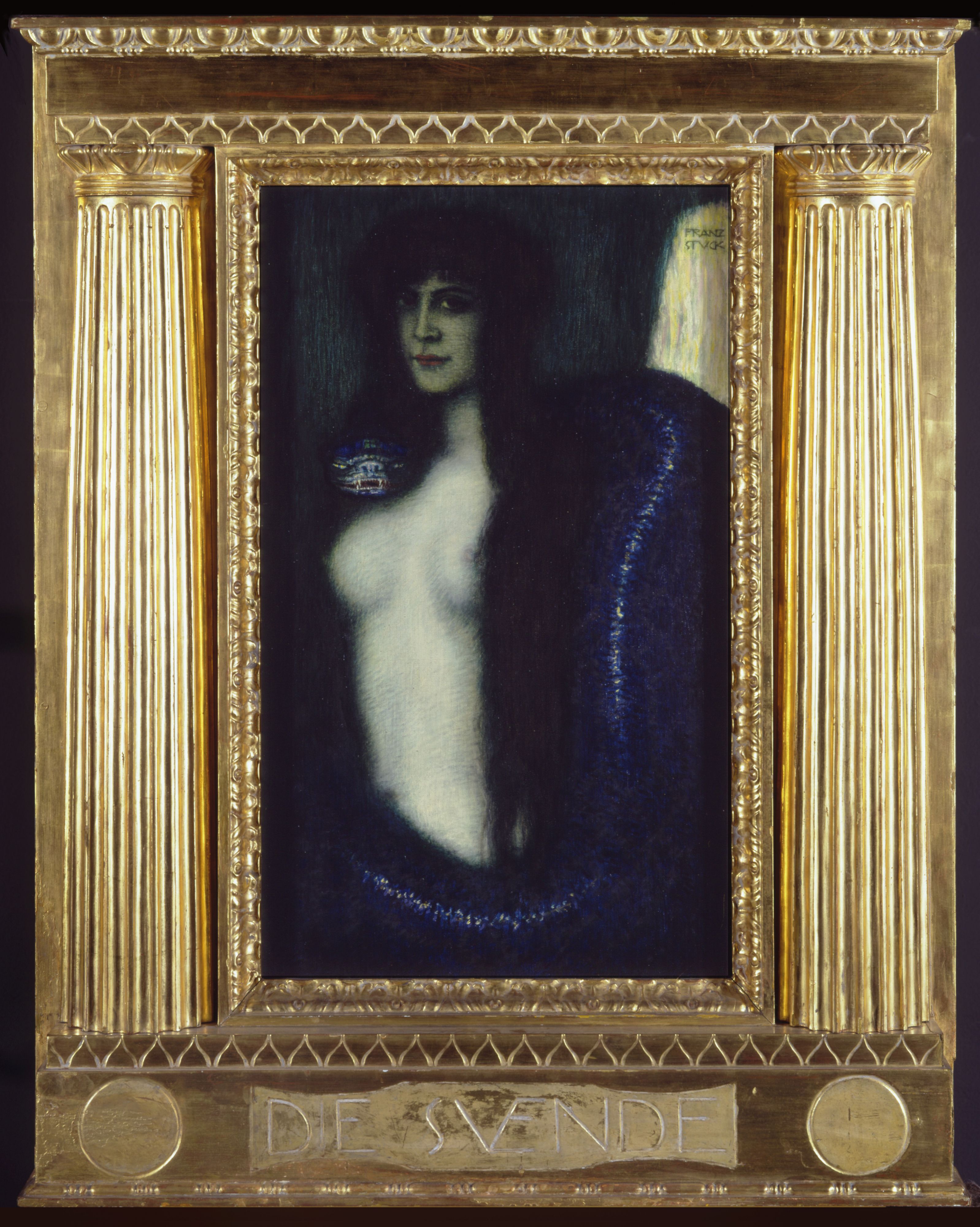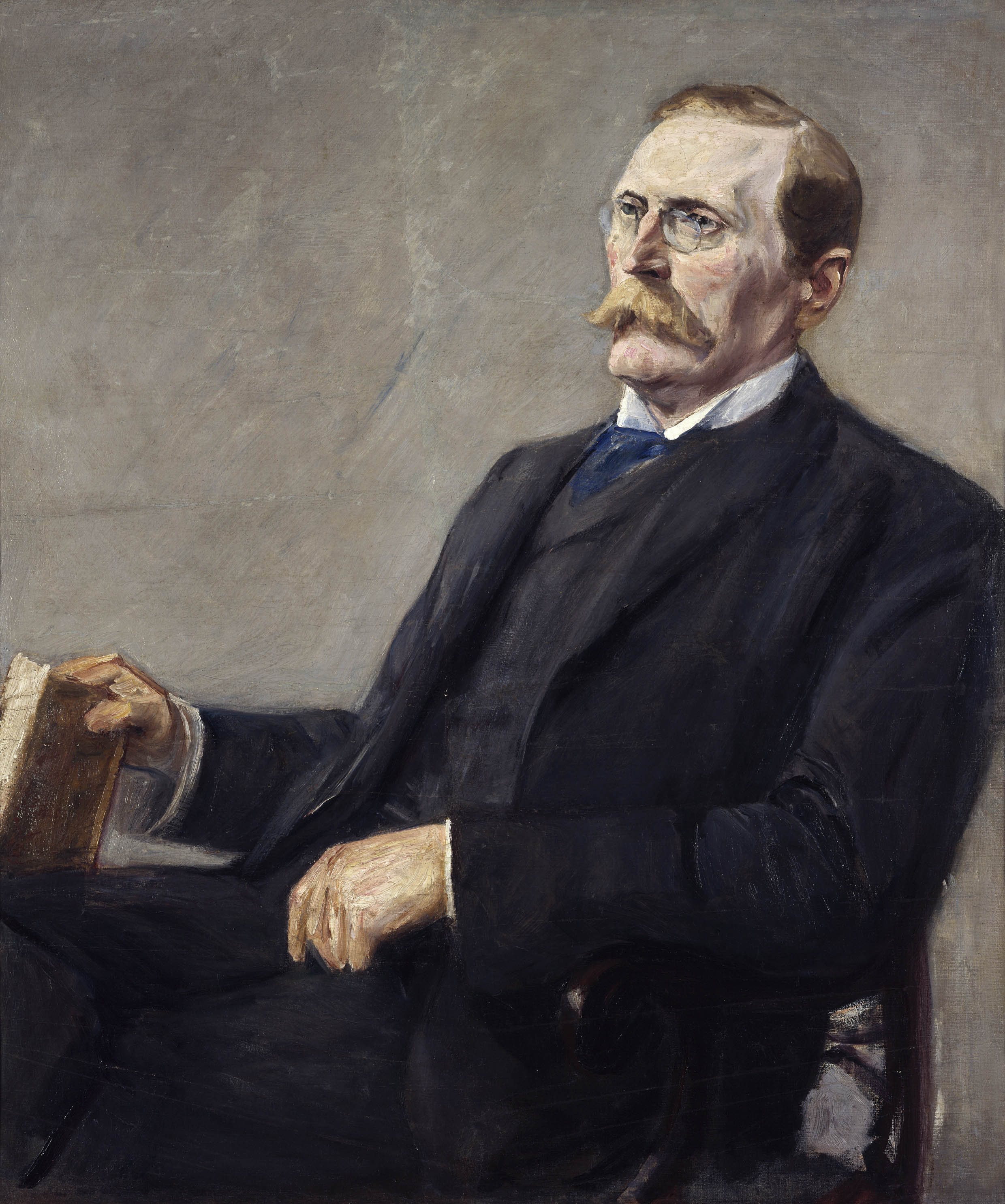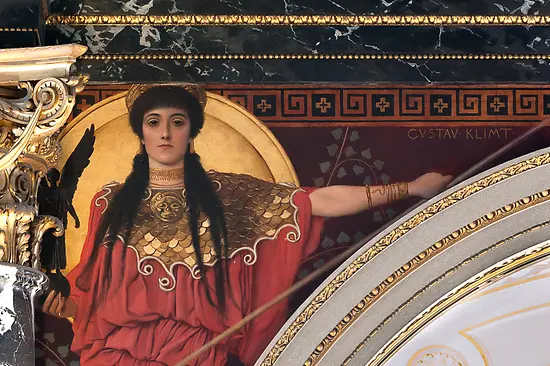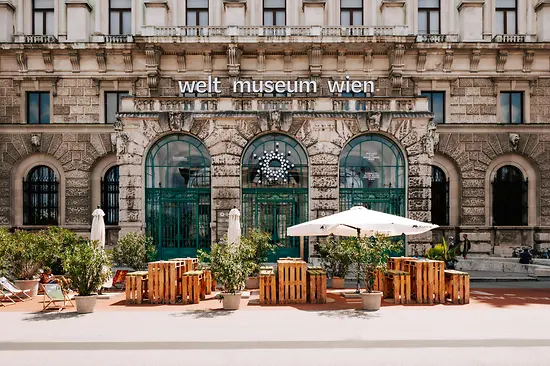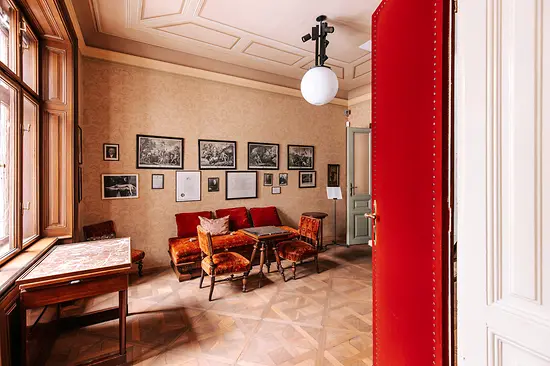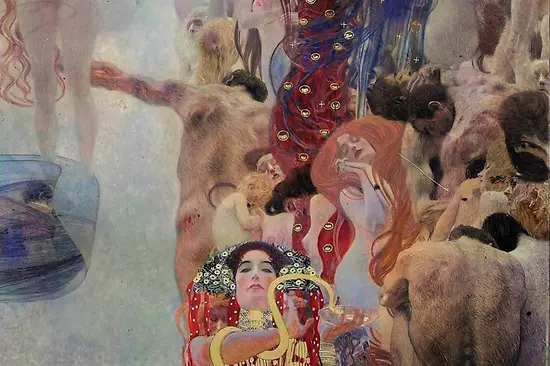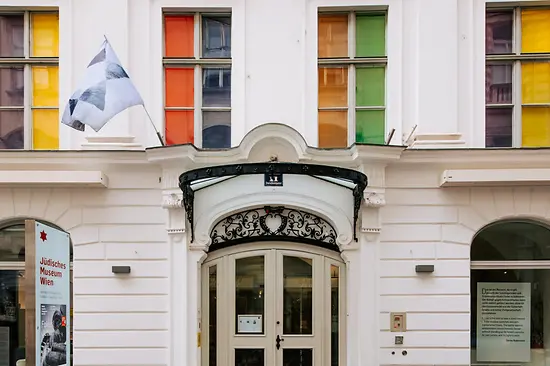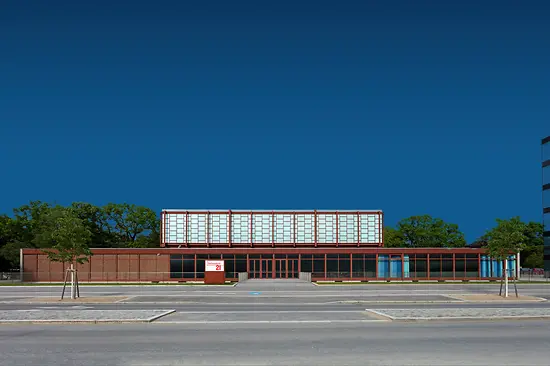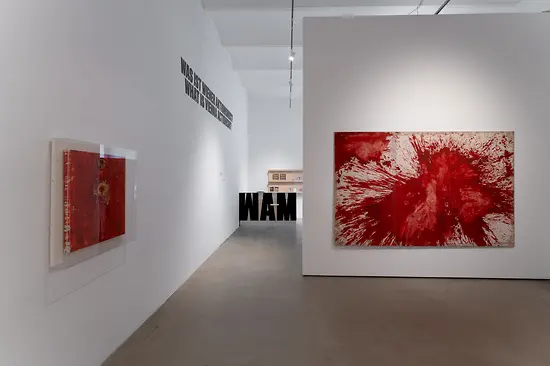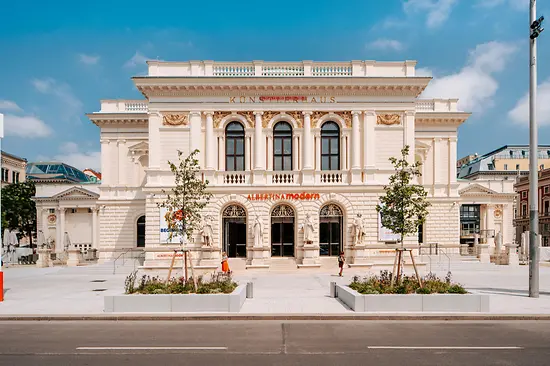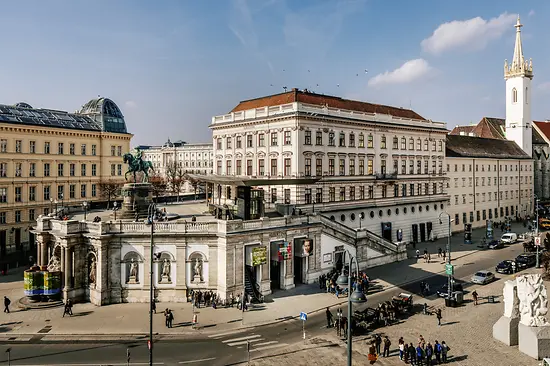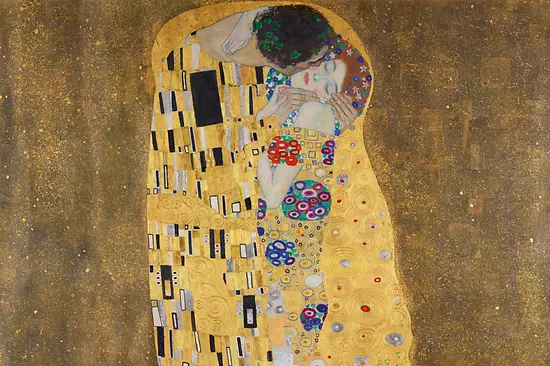Secessions. Klimt, Stuck, Liebermann
Archived content
The contents of this page have been archived and may no longer be up to date.
The late 19th century marked a turning point in Western Europe: it bore witness to the emergence of modernism, which was typified by Secession exhibitions – the rejection of artistic norms that were no longer perceived as in keeping with the times. Nothing remained as it was back then: state structures were rejected, the protagonists aspired to freedom and founded new associations. The most important Secessions in German-speaking countries overlapped both in terms of dates and artists: 1892 in Munich, 1897 in Vienna and 1899 in Berlin. Its most prominent protagonists, who are still world-famous today, were Gustav Klimt (Vienna), Franz von Stuck (Munich) and Max Liebermann (Berlin).
A new take on three Successions
Six months after the spectacular reopening of the renovated and expanded Wien Museum, a brilliant exhibition project is being staged in partnership with the Alte Nationalgalerie Berlin. The exhibition was a great success in the German capital in 2023, attracting 230,000 visitors and was extended due to the high level of interest. The exhibition’s curators are Ursula Storch, Deputy Director of the Wien Museum, and Ralph Gleis, Director of the Alte Nationalgalerie Berlin, who himself worked at the Wien Museum for a long time and will return to Vienna as the new General Director of the Albertina at the beginning of 2025.
The exhibition, which is on display in the special exhibition rooms on the 4th floor, casts a new light on the three Secessions and reveals rarely discussed similarities: how the three movements influenced each other, how they gave each other inspiration and how well networked their members were. Around 140 paintings, sculptures and graphic works by around 80 artists from the Secessions in Munich, Vienna and Berlin will be exhibited. The Berlin movement was the only one to also exhibit works by women artists.
High-profile guests at the Wien Museum
“Secessions. Klimt, Stuck, Liebermann” has been restaged for the Wien Museum. In addition to many artworks from the museum’s own collection, the exhibition also features a number of major loan pieces from Germany and further afield. Dozens of works from Berlin (Alte and Neue Nationalgalerie) and Munich (Lenbachhaus and Villa Stuck) will be on view. Several outstanding works by the Art Nouveau genius that are based in Vienna – Gustav Klimt’s home and place of work – will be on display: first and foremost the Nuda Veritas from the Theater Museum, which shows the proverbial “naked truth”, and the portrait of Sonja Knips from the Belvedere, one of Klimt’s famous portraits of women.
Secessions. Klimt, Stuck, Liebermann
Wien Museum, May 23 to October 13, 2024
- Karlsplatz 8, 1040 Wien
- service@wienmuseum.at
- http://www.wienmuseum.at/
Vienna City Card
Discount valid on special exhibitions
Standard ticket price: 12€ or 8€ (depending on the exhibition) / reduced ticket price: 10€ or 6€
Tickets available online and on site
Buy now with discount:
Prices
- The permanent exhibition is accessible free of charge. Free admission to the special exhibitions on the upper floor for all under 19 and every first Sunday of the month.
Opening times
- Tu, 09:00 - 18:00
- We, 09:00 - 18:00
- Th, 09:00 - 21:00
- Fr, 09:00 - 18:00
- Sa, 10:00 - 18:00
- Su, 10:00 - 18:00
Closed on January 1; May, 1 and December, 25.
Accessibility
no steps
Parking spaces for people with disabilities
Maderstrasse 2 (directly behind the museum) and Resselgasse 2
Seeing eye dogs allowed
Wheelchair accessible restroom available.
Wheelchair for rental, seats available. Guided tours in simple language, Austrian sign language, multi-sensory tours (e.g. touch, smell, hearing, sight) and slow tours.
All areas of the Wien Museum on Karlsplatz are accessible without steps and with a tactile floor guidance system.
Touch stations, overview plans, signposts and door signs are labeled in Braille and in tactile normal writing.
